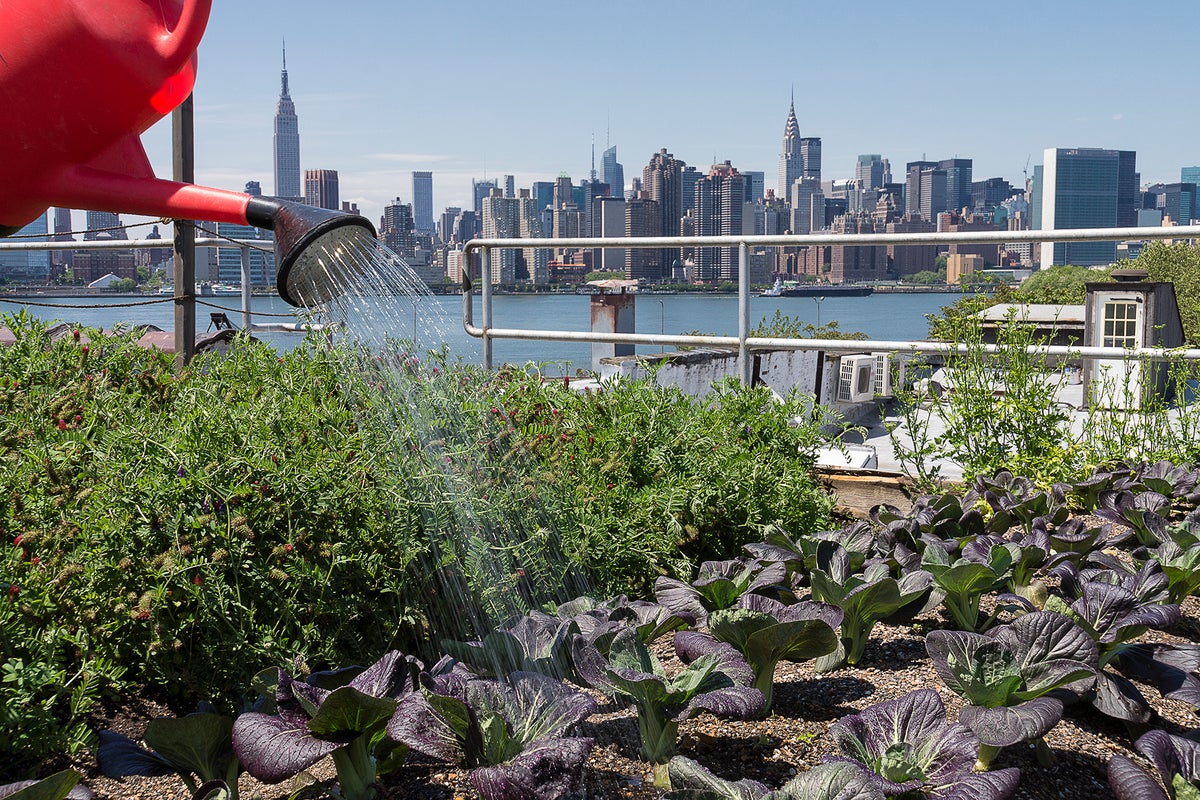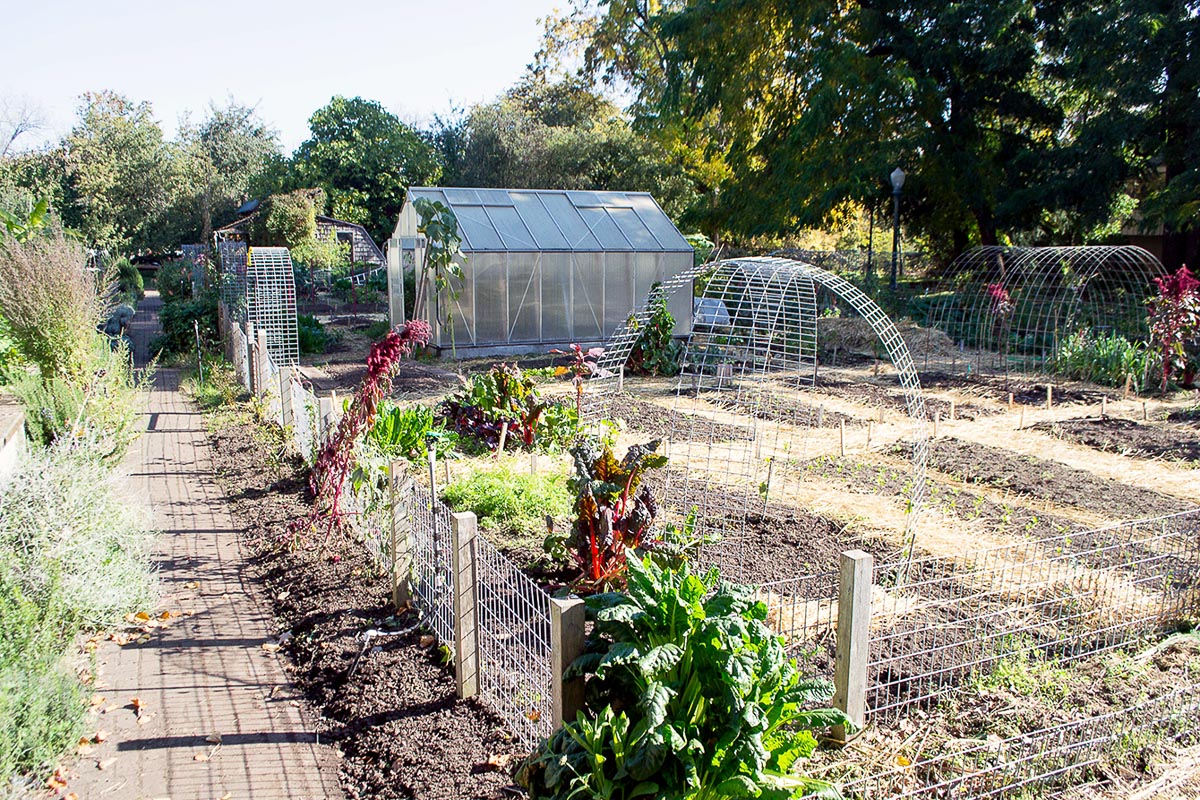The Definitive Guide to City Blooming
The Definitive Guide to City Blooming
Blog Article
City Blooming Fundamentals Explained
Table of ContentsGet This Report on City BloomingThe Facts About City Blooming UncoveredSome Known Factual Statements About City Blooming City Blooming - An OverviewFascination About City Blooming
Intrigued in expanding food up for sale in the City of Chicago? Considering beginning a neighborhood garden? Modifications to the Chicago Zoning Ordinance enable agricultural uses like community yards and city ranches in numerous parts of the city. Below is a listing of often asked questions concerning the rules and guidelines that growers should consider when planning an urban farming job.
The zoning amendment does not modify any type of other codes managing composting, building authorizations, buying or renting City owned property, company licenses or ecological contamination. There are existing codes that regulate these problems and they stay completely impact and might be appropriate to your project. Area yards are typically owned or managed by public entities, public companies or community-based organizations and preserved by volunteers.
Urban ranches expand food that is meant to be offered, either on a not-for-profit or for-profit basis. Due to their industrial objective, city ranches need a service permit.
5 Easy Facts About City Blooming Described
The amount of compost product can not surpass 25 cubic yards at any type of given time according to the requirements in 7-28-715 of the City's Municipal Code. Due to the fact that the soil at most brand-new yard websites needs amending, garden compost, soil, wood chips, or various other products can be gotten to construct or enhance the expanding room.

If a structure permit is called for after that the hoophouse will be thought about an accessory building. You can figure out more concerning the building authorization demands by speaking to the Division of Buildings. The 25,000-square-foot size limitation is intended to avoid a single community yard from dominating a provided block or taking away from the block's existing household or commercial personality.
The restriction does not relate to yards situated in Public Open Room (POS) districts. Can there be more than one community garden that is 25,000 square feet on a solitary block? Yes. The dimension restriction uses to private yards, not to specific blocks. No. Secure fencing is not called for, nonetheless, yards that have large auto parking areas may be needed to mount secure fencing or various other landscape design features.
The Facts About City Blooming Uncovered
B1 & B2 areas call for that all business use activities be conducted inside. Is fencing required for metropolitan farms? Fencings might be called for, along with landscaping and testing, for specific vehicle parking areas and exterior job or storage space locations depending on area and the details task taking place.
Yes. Urban ranches call for structure permits and zoning approvals before construction. Other kinds of city review may be called for depending on particular structures, activities, dimension, landscape design, licensing, public heath and stormwater monitoring issues. Many of these requirements are determined in the job style or permitting procedure, nevertheless, the candidate might be liable to independently determine particular licenses or allows that might site web be needed.
The Department of Service Affairs and Consumer Defense can help determine the certain kind of company certificate that's required. Off street parking is needed for most business projects in Chicago. The required number of car parking rooms is based on the number of workers working on website and not the square video of the growing area.
What Does City Blooming Do?

A metropolitan ranch can market garden compost product generated on site, nevertheless, the operation must conform with the policies in 7-28-715 of the Chicago Municipal Code. Aquaponic systems are enabled inside on urban farms in numerous zoning districts.
Approximately 5 hives or colonies of honey might be maintained as an accessory use. Beekeepers should sign up with the Illinois Department of Agriculture. To learn more regarding the recommended zoning amendment you might get in touch with the Division of Real Estate and Economic Development, Bureau of Preparation and Zoning at 312.744.8563.
, which takes place in rural locations at the side of suburban areas.
Some Known Incorrect Statements About City Blooming
It can involve an activity of natural farmers, "foodies" and "locavores", who seek to form socials media established on a shared principles of nature and neighborhood holism. These networks can establish using official institutional assistance, coming to be incorporated into regional town as a "change town" motion for sustainable urban growth.
Some of the first evidence of urban farming comes from Mesopotamia.
Report this page